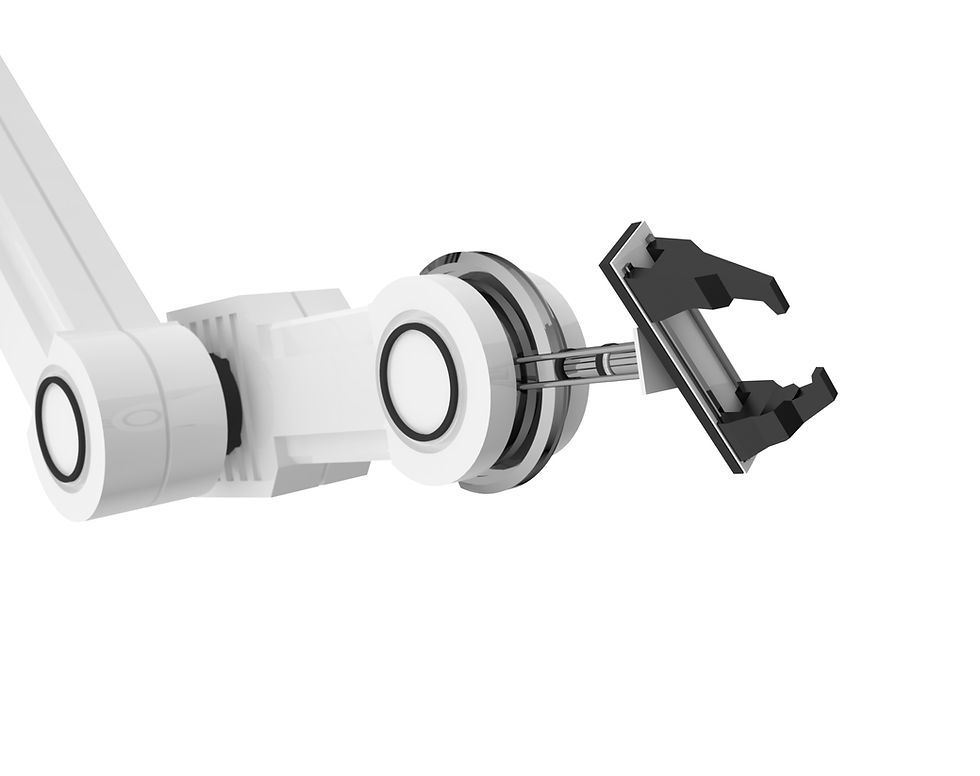Enabling Smart Plants is an evolutionary journey
- Karan Kamal
- Oct 5, 2021
- 3 min read
Enabling smart plants is the way forward for manufacturers looking to stay relevant and competitive in today’s VUCA world. However, implementation of Industry 4.0 is quite complex, pervading across the entire organization and not a function of any single business unit or division. Although the impact of smart, connected plants is expected to be revolutionary, the implementation journey will be more evolutionary in nature. While plant stakeholders revamp their operating models and technology infrastructure, they will need to continue maintaining legacy systems that are still functional and hold critical business data. Further, the scale-up from pilots to full-scale implementation will also be a gradual process predicated on factors such as budget, stakeholder buy-in, technology landscape, business imperatives etc.
A phased approach with meaningful evolutionary maturity guidance and success milestones will be preferable to a direct ‘big bang approach’. A maturity index provides enterprises with requisite guidance as they advance in implementing smart plants.
It is in this context that Smart Plant Maturity Assessment Models are important for manufacturers to assess the current state, identify desired state and define appropriate interventions required to enable smart plants across the organization.
Enabling Smart Plants is an evolutionary journey
Industry 4.0 maturity in plants is measured based on:
Extent of integrations between various manufacturing functions within the plant domain
Extent of technology integrations across various assets and systems
Extent of collaboration between relevant stakeholders
A view of the maturity levels is presented below:

The extent of “Smartness” in the plant can be increased by bridging the various manufacturing functions closer and closely integrating the relevant data sources.
FutureSense360 Smart Plant Maturity Assessment Model
The first step towards building a ‘Smart Plant’ is to seamlessly connect and integrate the key manufacturing functions starting with the shop-floor
To illustrate this further, we refer to IEC 62264 which provides the activity model and data flows that enable Enterprise - Control System integration

Figure: IEC 62264 Functional Data Model
A typical manufacturing plant is characterized by the functions illustrated in the above representation.
FutureSense360’s Smart Plant Maturity Assessment Model organizes various manufacturing functions as outlined in IEC 62264 in a hierarchical manner and details all potential points of integration between them each leading to a specific use case bearing business value to the manufacturing plant.
For instance, making Procurement function’s data available in real-time to Inventory Control helps reduce excess inventory.
In another example, creating integrations between Maintenance, Quality Assurance and Production Control can help reduce scrap through advanced root cause diagnostics.
Enhancing visibility, transparency, predictability of each of these functions with the final objective of driving autonomy across all of these functions forms the bed rock of Industry 4.0.
Advantages of leveraging FutureSense360 Smart Plant Maturity Assessment Model
The maturity model has been designed in a simple template that can be answered by individual plant stakeholders and takes minimum time to respond
The questions eliminate scope for any subjective responses thus leading to a comparable study across all manufacturing plants
It allows respondents to capture their current state and desired state of maturity across each of the manufacturing functions to facilitate for clustering of plants and target use cases based on maturity levels
The assessment outcome report helps enterprises develop a detailed use case implementation roadmap based on strategic priority, use case commonality and target timelines
While there is no single correct model to assess overall digital readiness, FutureSense360 approach reduces the dependency on intangible factors such as Culture, Leadership etc. Additionally, it adopts a focused approach to defining maturity at the plant level and identifies highly specific operational and technical areas of intervention that stakeholders can relate to, which makes it a highly outcome-oriented framework.
For more information on FutureSense360 Industry 4.0 Maturity Assessment Model, reach out to us at info@futurefactor.co



Comments